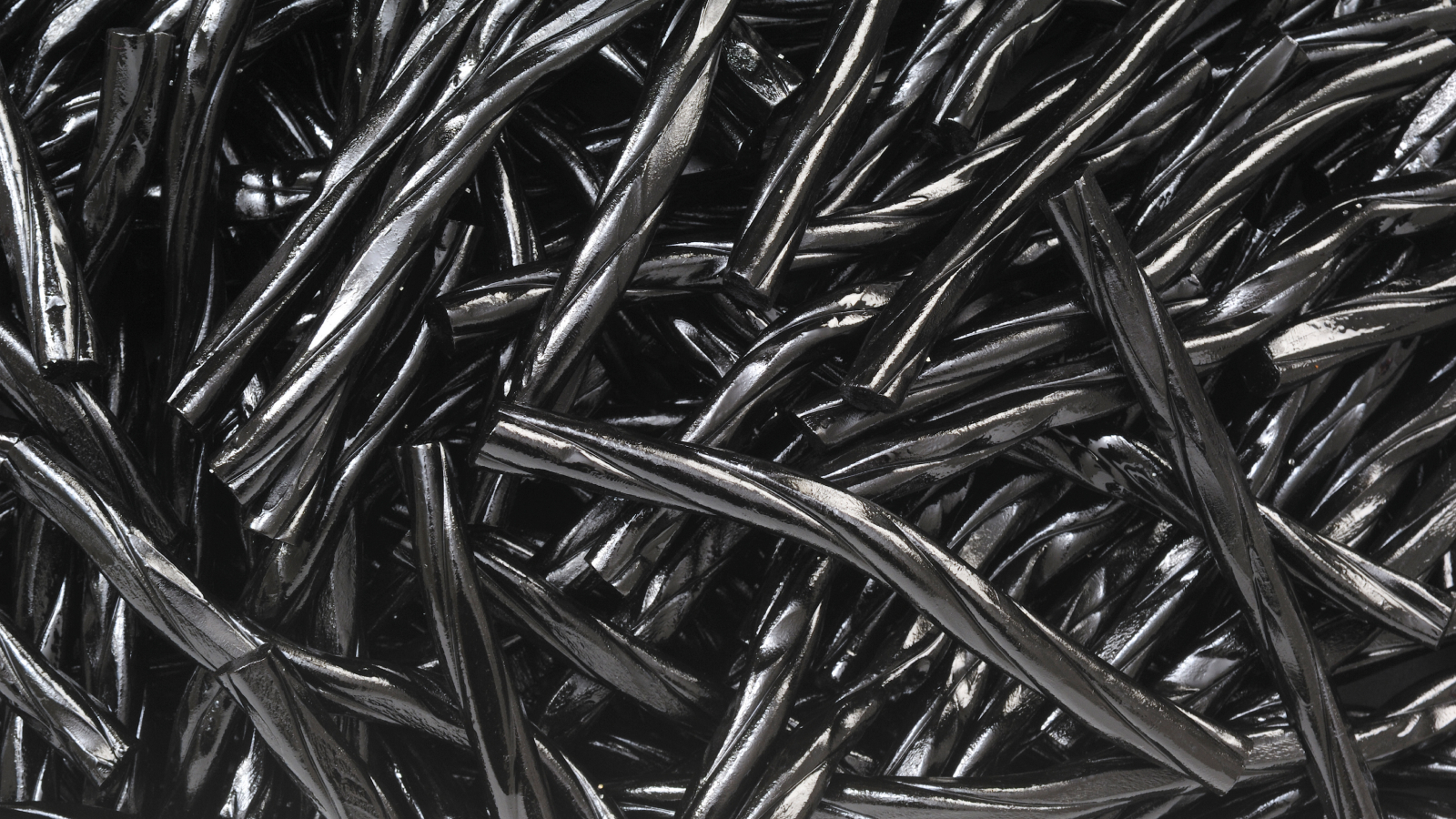Insects, Vol. 14, Pages 498: Temperature but Not Photoperiod Can Predict Development and Survival of an Invasive Apple Pest
Insects doi: 10.3390/insects14060498
Authors: Xiong Z. He Qiao Wang
The apple leaf-curling midge, Dasineura mali Kieffer (Diptera: Cecidomyiidae), is an invasive pest of apple, and can contaminate fresh fruit for export, causing biosecurity problems. To provide crucial information for its pest risk analysis, forecast, and management, we investigated the effects of temperatures (5, 10, 15, 20 and 25 °C) and daylengths (10, 11, 12, 13, 14 and 15 h) on its development and survival. The midge eggs failed to hatch at 5 °C and larvae could not complete development at 10 °C. Pupation and emergence rates were significantly higher at 20 °C than at 15 °C and 25 °C. Daylength had no effect on these parameters. The low temperature threshold and thermal requirement to complete development from eggs to adults were 3.7 °C and 627 degree-days, respectively. The midge had a significantly lower thermal requirement for the completion of its lifecycle at 20 °C (614.5 degree-days) than at 15 °C (650.1 degree-days) and 25 °C (634.8 degree-days). The thermal model developed in this study provided accurate predictions of the number of D. mali generations and adult emergence time in each generation in different regions of New Zealand. We suggest that the model could be used to predict population dynamics of this pest in other parts of the world.

 1 year ago
36
1 year ago
36


